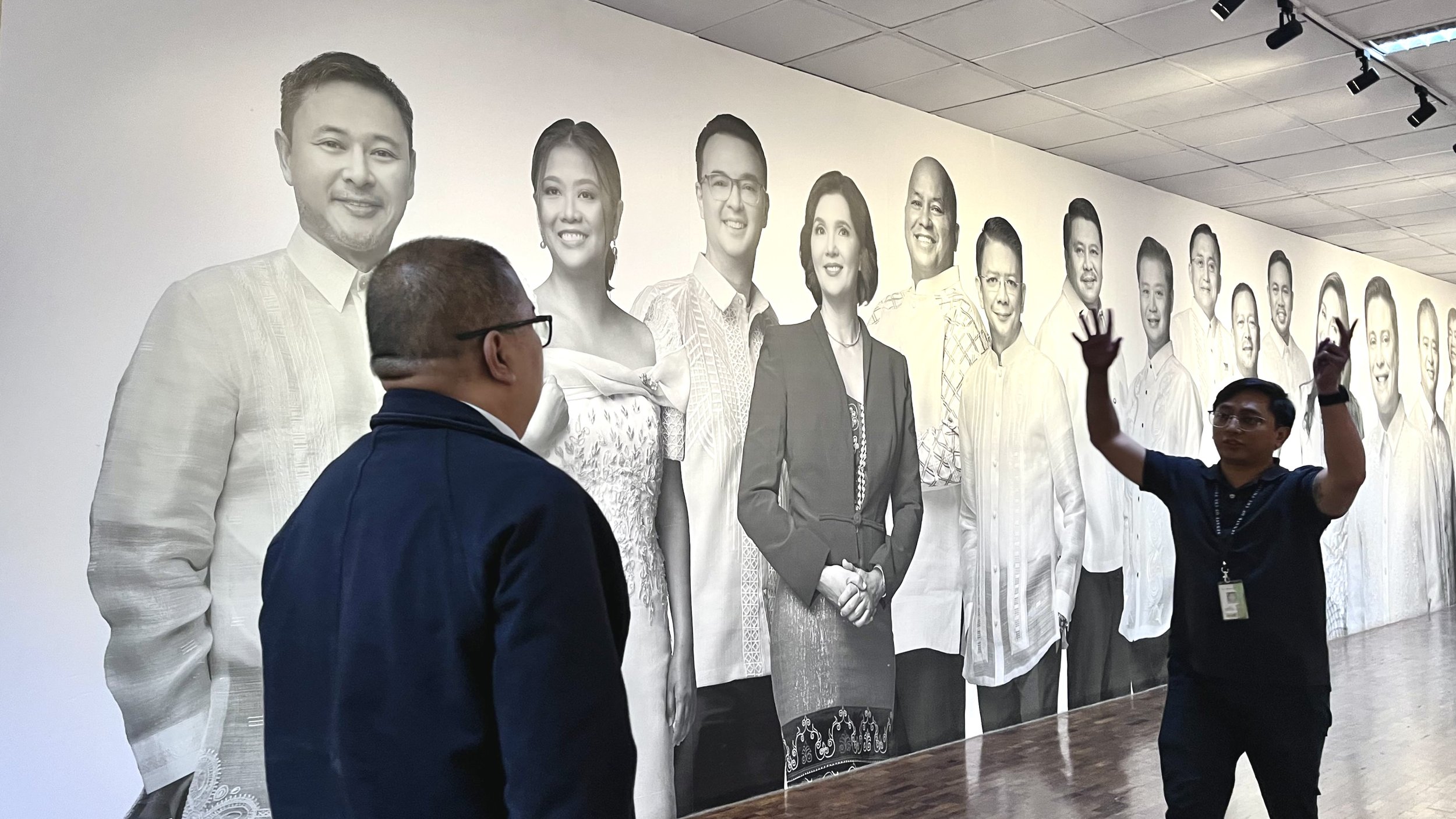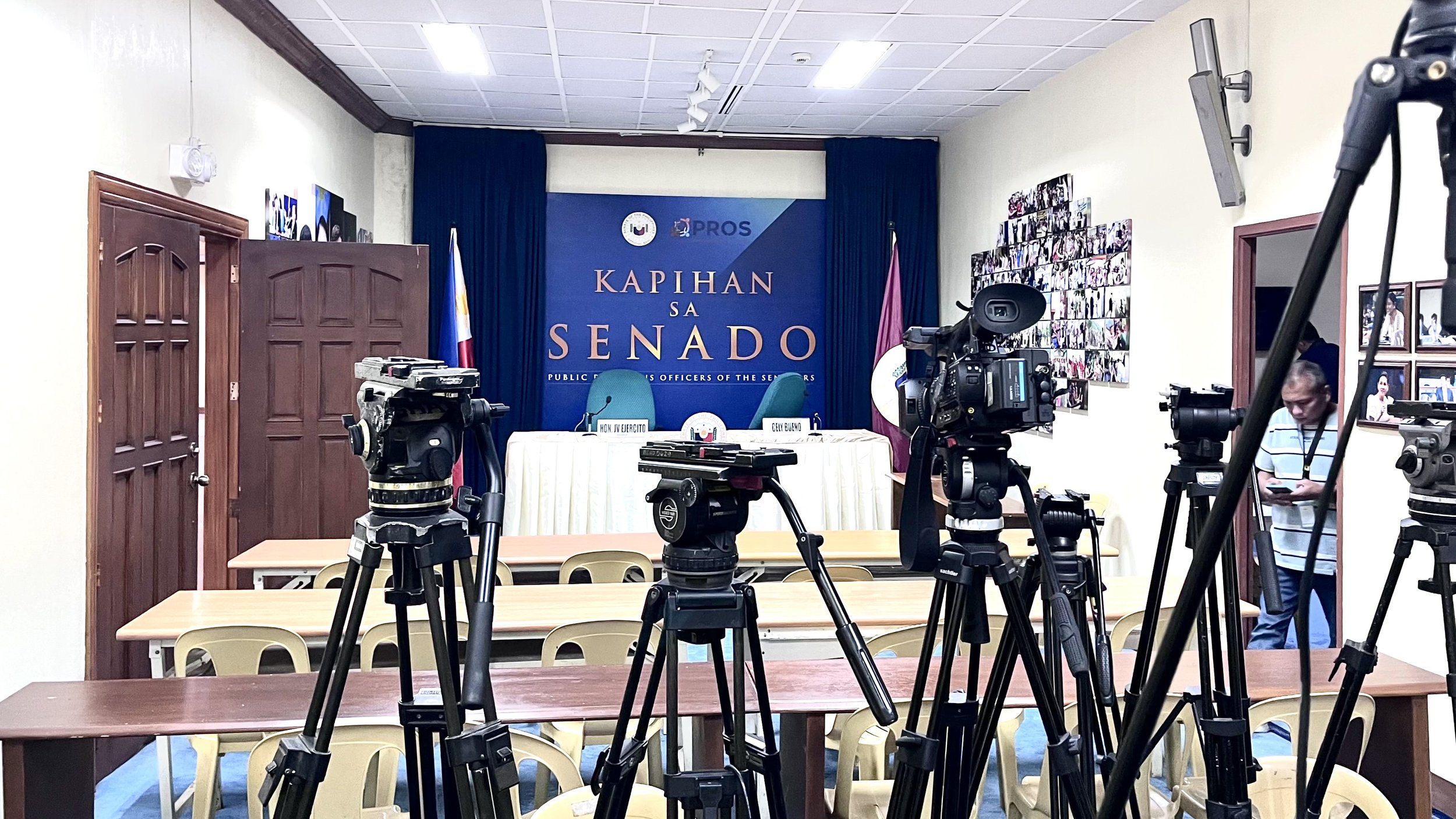Journey of a photojournalist, from the frontlines to Senate
by Athena Altiche
Voltaire Domingo, 55, has been in the field of photojournalism since 1991, covering frontlines and witnessing history as it unfolds. He learned photography from his father, who worked as a government photographer for many years.
Domingo began his career as a photojournalist for a tabloid and only pursued a degree in mass communication afterward. He recalled attending classes, but whenever breaking news occurred during a lesson, he would have to leave immediately.
Despite the unusual setup, he found it easier to grasp the lessons. “It became easier for me because I was already applying what was being taught in maskom. I already knew how the operations worked,” Domingo said.
After his role at the tabloid, he moved to a magazine, and later co-founded NPPA Images, a news agency dedicated solely to photography.


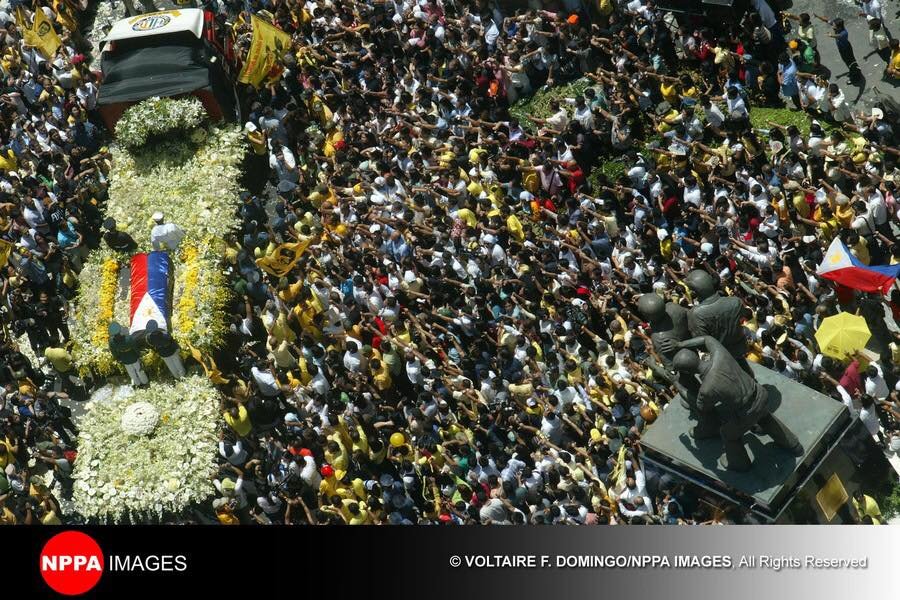
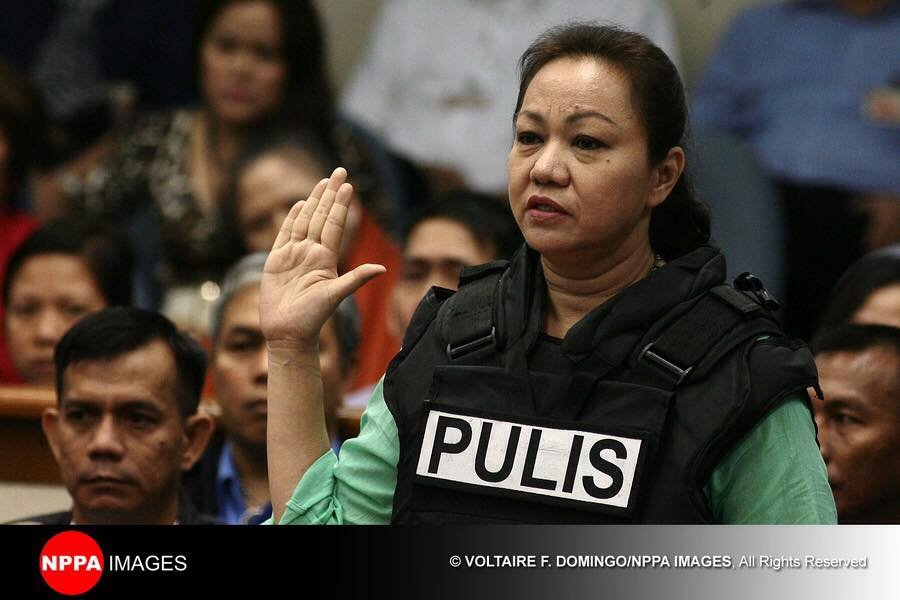
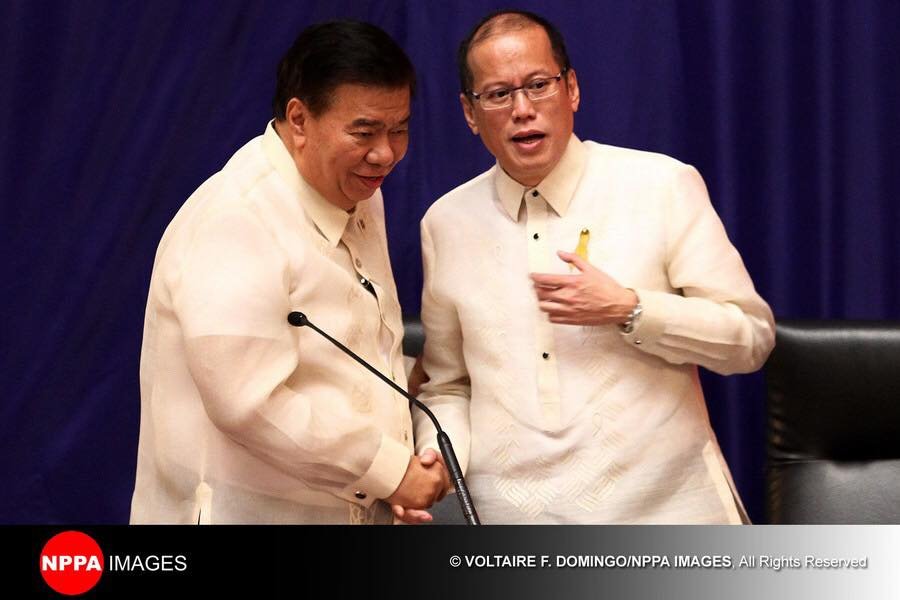
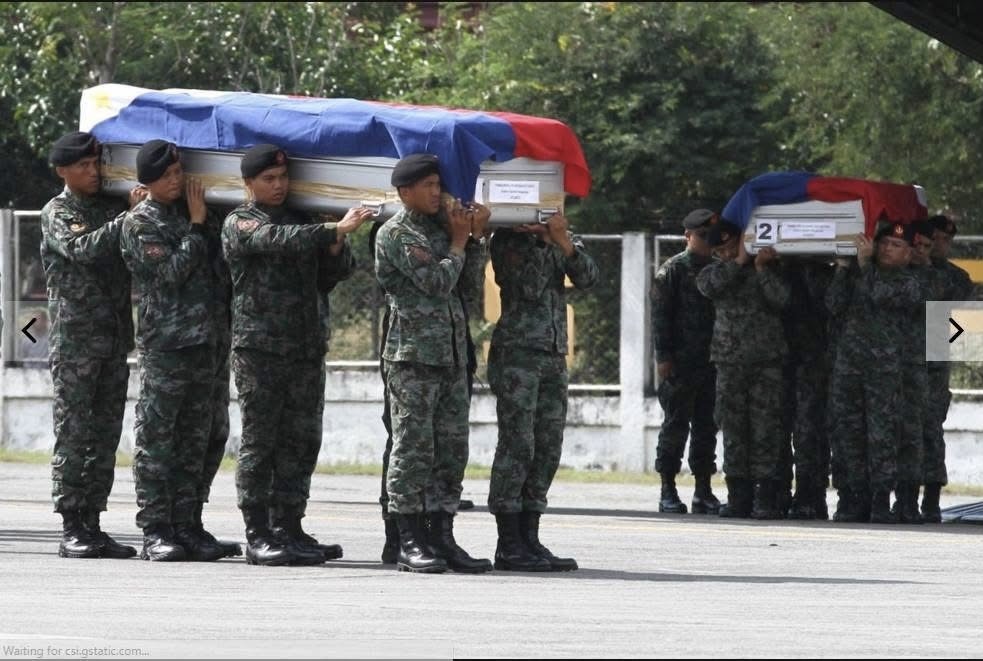
Domingo witnessed history firsthand by covering major events such as the administration of former President Fidel Ramos, burial of Cory Aquino, the pork barrel scam involving Janet Lim Napoles, administration of Noynoy Aquino and the tragic loss of the Special Action Force (SAF) 44, among others.
Government Photographer
Domingo shared that he had been covering the Senate of the Philippines for a long time, knowing its ins and outs, until a friend invited him to work as a digital archivist and photographer for the institution.
Although he never imagined himself in a 9-to-5 job, Domingo views working in government as a good retirement plan. He shared, “Having spent my entire career outside of government service, I saw it as an opportunity to experience a different environment and begin planning for retirement.”
He officially joined the Senate’s Public Relations and Information Bureau in 2020, and in July 2023, he was assigned to the Senate Social Media Unit as a Visual Content Creator.
Daily Life in the Senate
As a government photographer, Domingo is expected to cover committee hearings, plenary sessions, press conferences, and other related events in the Senate. Initially, there were two photographers, but one is currently assigned to the Office of the Senate President. This leaves Domingo responsible for covering all the happenings in the Senate.
He shared, “Sa ngayon dahil naka-recess ang Senate, wala masyadong schedule. Pero normal kasi kapag nag-resume na ang session, simula na ng committee hearings. Ang start ng hearings ay 9 a.m. Minsan dalawa [o] tatlo at the same time. Pinupuntahan ko lahat. Sa ngayon, mag-isa lang ako.”
Domingo recalled that the latest he has worked in the Senate was until 4 a.m. during the budget season. Some of his colleagues even ended up sleeping in the office.
When asked whether it is difficult to cover multiple events on his own, he said it is manageable as long as there is a system in place.
For their coverage, all equipment is provided by the Senate. However, the procurement of new units upon request tends to be a challenge. Domingo said, “Hindi siya instant. May time na may ni-request kami tapos [noong dumating] wala na sa market.”
Social Media Units
Establishing social media units has become necessary, especially for government agencies. Domingo said, “As the landscape of public communication continues to evolve, having a strong and strategic social media presence is no longer optional—it has become an essential part of modern governance.”
This is evident in how government agencies are now forming their own social media teams. Domingo views this as a growing recognition of the power of social media, which allows them to reach a broader audience almost in real time.
He upholds in his work the principles of Code of Ethics, ensuring that objectivity and fairness are observed in every coverage he undertakes.
Editor's note:
This article is part of the spotlight interview of members of the Photojournalists' Center of the Philippines. Celebrating the life, work and contribution to the photojournalism industry of the PCP members.



